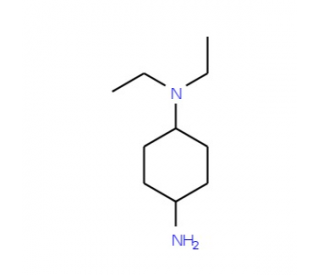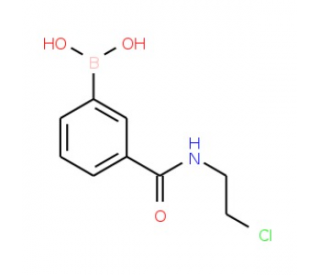详细说明
Species Reactivity
Rat
Specificity
Detects rat CCR9 in direct ELISAs. Stains rat CCR9 transfectants but not irrelevant transfectants in flow cytometry.
Source
Monoclonal Mouse IgG 2B Clone # 882416
Purification
Protein A or G purified from hybridoma culture supernatant
Immunogen
NS0 mouse myeloma cell line transfected with rat CCR9
Formulation
Lyophilized from a 0.2 μm filtered solution in PBS with Trehalose. *Small pack size (SP) is supplied as a 0.2 µm filtered solution in PBS.
Label
Unconjugated
Applications
Recommended
ConcentrationSample
Flow Cytometry
0.25 µg/10 6 cells
See below
CyTOF-ready
Ready to be labeled using established conjugation methods. No BSA or other carrier proteins that could interfere with conjugation.
Please Note: Optimal dilutions should be determined by each laboratory for each application. are available in the Technical Information section on our website.
Data Examples
Flow Cytometry | Detection of CCR9 in HEK293 Human Cell Line Transfected with Rat CCR9 and eGFP by Flow Cytometry. HEK293 human embryonic kidney cell line transfected with (A) rat CCR9 or (B) irrelevant transfectants and eGFP was stained with Mouse Anti-Rat CCR9 Monoclonal Antibody (Catalog # MAB8287) followed by Allophycocyanin-conjugated Anti-Mouse IgG Secondary Antibody (Catalog # ). Quadrant markers were set based on control antibody staining (Catalog # ). |
Preparation and Storage
Reconstitution
Reconstitute at 0.5 mg/mL in sterile PBS.
Shipping
The product is shipped at ambient temperature. Upon receipt, store it immediately at the temperature recommended below. *Small pack size (SP) is shipped with polar packs. Upon receipt, store it immediately at -20 to -70 °C
Stability & Storage
Use a manual defrost freezer and avoid repeated freeze-thaw cycles.
12 months from date of receipt, -20 to -70 °C as supplied.
1 month, 2 to 8 °C under sterile conditions after reconstitution.
6 months, -20 to -70 °C under sterile conditions after reconstitution.
Background: CCR9
CCR9 is an approximately 42 kDa (predicted) seven transmembrane domain receptor for the chemokine CCL25/TECK. It is expressed on CD8 + T cells, monocytes, dendritic cells, and IgA + plasma cells. It plays a role in oral and gut tolerance, the development of g/d T cells, and the thymic recruitment of hematopoietic progenitor cells. CCR9 + cells limit inflammatory cell infiltration in rheumatoid arthritis, hepatitis, colitis, and inflammatory bowel disease, but exacerbate it in atherosclerosis. In the brain, CCR9 is expressed on CA1 region pyramidal neurons in the hippocampus and is upregulated on microglia during T. gondii infection. CCR9 is also upregulated in a variety of cancers where it promotes tumor cell metastasis. Rat CCR9 shares 86% and 98% amino acid sequence identity with human and mouse CCR9, respectively.
Entrez Gene IDs:
10803 (Human); 12769 (Mouse); 282832 (Rat)
Alternate Names:
C-C chemokine receptor type 9; C-C CKR-9; CC-CKR-9; CCR9; CCR-9; CD199; CDw199 antigen; CDw199; chemokine (C-C motif) receptor 9; G protein-coupled receptor 28; GPR28; GPR-9-6G-protein coupled receptor 28











 粤公网安备44196802000105号
粤公网安备44196802000105号